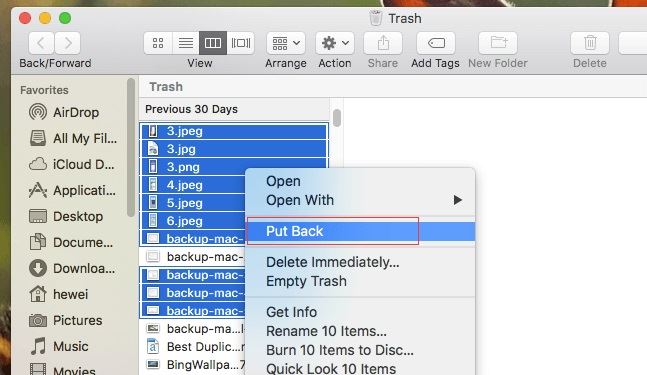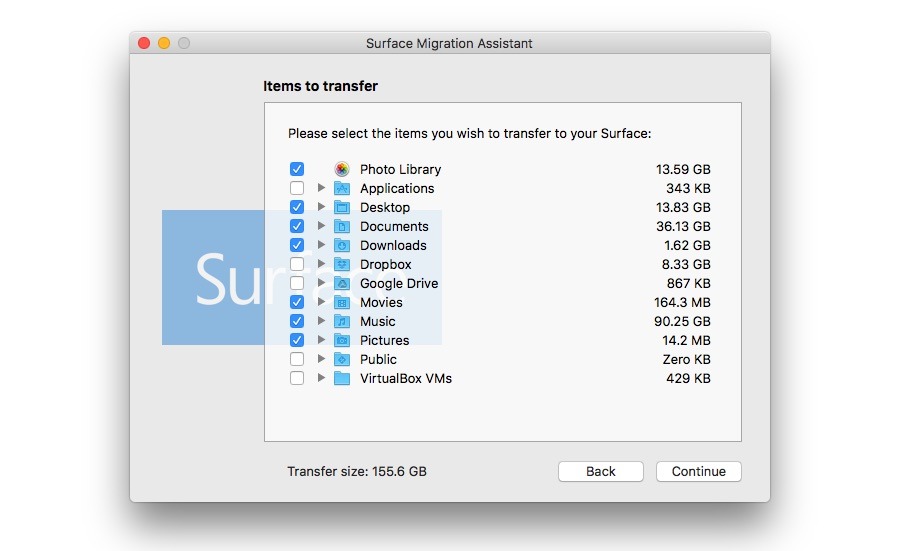Where Is Microsoft User Data Folder Mac

- That’s a right PITA and really strange for the usually user friendly Mac. If you want to try HFS+ compression from the command line – check out here. We found a nifty and cheap tool to use HFS+ compression, but it’s disappeared. Outlook for Mac data folder location. Outlook 2016 for Mac puts the data folders in the users.
- Jan 25, 2013 The “Microsoft User Data” Folder will put in your documents folder when you install Microsoft Office 2011 for Mac It will always be there no matter how many times you try and delete it. It will be automatically recreated every time you open Microsoft Word or Excel. This is how and where to relocate it.
- Or you can find them by going to Go Go To Folder (or pressing SHIFT + COMMAND + g) and entering '/Users/ username /Library/Application Support/ Microsoft/Office/Office 2011 AutoRecovery' Note: If you close a file and click Don't Save, the file is deleted from the AutoRecovery folder.
Learn how to set up OneDrive Files On-Demand on a Mac, so you can access all your files without having to download all of them and use storage space on your Mac. Existing users need to turn on Files On-Demand in OneDrive Preferences. New files or folders created online or on another device appear as online-only to save maximum space.
System Information User Guide

Use the sidebar of the Storage pane to sort through items by category, see how much space is used, and quickly find documents, apps, books, movies, backups, and other files. Then delete what you no longer need.
Note: The categories you see vary, depending on the apps and files on your Mac.
Microsoft User Data Folder Mac Delete
Choose Apple menu > About This Mac, click Storage, then click Manage.
Click a category in the sidebar:
Applications, Music, and Books: These categories list files individually. To delete an item, move the pointer over the file name, then click the Delete button .
Microsoft word mac 2016 cursor on wrong line. I recently updated to 2016, in the past week, because 2013 kept saying I didn't have a license, even though the device was in my devices list and after attempting to repair and reassign the device.
Note: If you delete an item that you got from the iTunes Store, the App Store, or Apple Books using your Apple ID, the item is still in iCloud, and you can download it again.
Documents: See all the documents on your Mac. You can quickly view large files or downloads by clicking the corresponding button, and sort files by clicking Name, Kind, Last Accessed, or Size near the top of the window. You can also click File Browser to view the contents and amount of storage used by various folders in your file system.
Note: Some folders and files that are already represented by categories in the sidebar—other than Documents—are dimmed.
To delete a file, move the pointer over the file, then click the Delete button ; click the magnifying glass to view the file in the Finder.
iCloud Drive and Mail: These categories provide general recommendations for optimizing storage. To accept the recommendation, click the button.
iOS files: See iOS backup and firmware files listed individually. To delete an item, move the pointer over the file, then click the Delete button .
Trash: Free microsoft project viewer for mac. In this category, click Empty Trash to erase all the items in the Trash. Move the pointer over a file, then click the Delete button to delete an individual file.
User Data Windows 10
1) Quit all open Microsoft Applications
2) Open a new window and navigate to /Users/<<UserName>>/Documents
3) Open another new window and in this window navigate to /Users/<<UserName>>/Library/Preferences
4) Drag the Microsoft User Data folder from your documents folder into the Preferences folder
You can now reopen all your Microsoft applications and they will automatically detect the Microsoft User Data folder has been moved into Preferences.
Having the Microsoft User Data folder in the Preferences folder makes it less likely to be accidentally deleted when a user is clearing out their documents folder.
(A Microsoft User Data folder will still be created in Documents if you are Using Microsoft Messenger for Mac. From what I can tell this doesn't contain any useful information at all. Please advise if I am wrong about this.)
J.C
I would suggest moving the reason statement to the top so folks would hear up front why this may be desirable:
- - - - - - - - - - - - - - - - - - - - - - - - - - - - - - - - - - - - - - - - - -
Having the Microsoft User Data folder in the Preferences folder makes it less likely to be accidentally deleted when a user is clearing out their documents folder.
To move your Microsoft User Data folder out of the Documents folder follow these instructions:
1) Quit all open Microsoft Applications
2) Open a new window and navigate to /Users/<<UserName>>/Documents
3) Open another new window and in this window navigate to /Users/<<UserName>>/Library/Preferences
4) Drag the Microsoft User Data folder from your documents folder into the Preferences folder
You can now reopen all your Microsoft applications and they will automatically detect the Microsoft User Data folder has been moved into Preferences.
(A Microsoft User Data folder will still be created in Documents if you are Using Microsoft Messenger for Mac. From what I can tell this doesn't contain any useful information at all. Please advise if I am wrong about this.)
J.C
- - - - - - - - - - - - - - - - - - - - - - - - - - - - - - - - - - - - - - - - - -
Thoughts?
Nubz N.